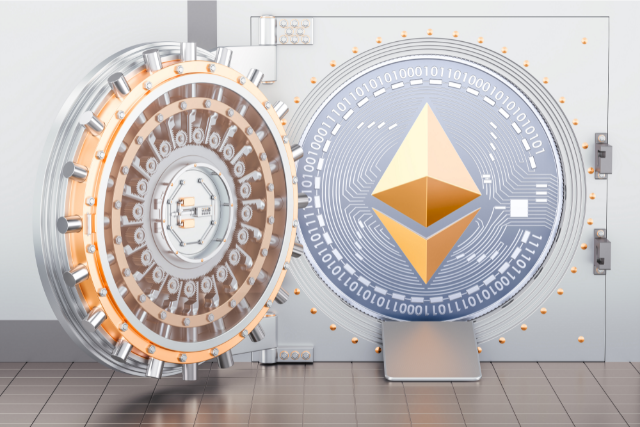

Eth switches to PoS
When update will happen ?
The first phase which is Beacon Chain went live on December 1, 2020. It introduced native staking to the Ethereum blockchain, a key feature of the network’s shift to a PoS consensus mechanism. It is a separated blockchain from the Ethereum mainnet. The second phase, called "the Merge", is expected in the second quarter of 2022 and will merge the Beacon Chain with the Ethereum mainnet. The final phase is called shard chains and will play a key role in scaling the Ethereum network. Shard chains are intended to spread all operations across 64 new chains, meaning that it will become much easier from a hardware perspective to run an Ethereum node because there will be far less data that needs to be stored on a machine. The highly anticipated full upgrade to Ethereum 2.0 is expected to take place by 2023, according to the Eth foundation.
What is the difference between Eth1 and Eth2 ?
The major difference is the “consensus mechanism” used confirming a transaction. Ethereum uses PoW while Ethereum 2.0 will run PoS. The proof of work is very energy intentsive process which helps to solve complex mathematical puzzles currently used by Ethereum miners for validation of transactions. In Proof of Stake, transactions are verified by the validators instead of miners. PoS is more energy efficient than PoW because securing a blockchain by PoS uses much less computing power for block creation. Calcucations show that ETH2 will use 99.95% less energy than ETH1. The Ethereum Mining business using PoW requires costly investment in mining hardware and power consumption; this will change with the switch to Eth 2.0, allowing easier participation. Unfortunatelly, even second-generation cryptocurrencies encounter problems with throughput and scalability. Awaited scale from ETH 2.0 is 100,000 transactions/sec, for comparison, VISA averages 1700 transactions per sec but claims that it can do 24,000.
PoS mechanics and eth price prediction
To be a validator on Ethereum's PoS, users will need to stake at least 32 ether tokens. Users can also join a staking service that pools the tokens of various users to create a single validating pool. An algorithm will select the validators based on the amount they have locked in the network. The more you stake, the better is your chance to be selected. The selected validators will be awarded with ether for the transactions they process. The currenct cost of ETH transactions is preposterous, this prevents a number of people from using it. Shard chain aims to increase the transaction speed and lower Ethereum fees. Ethereum’s update will allow the cryptocurrency to catch up with its competitors, which are already much more advanced in terms of scalability and security. Technical updates usually had positive impact on Ethereum's price in the past and the same can be expected after 2.0 update. However, please conduct your own research before investing.

Jake Billingham
Our community unites crypto enthusiasts